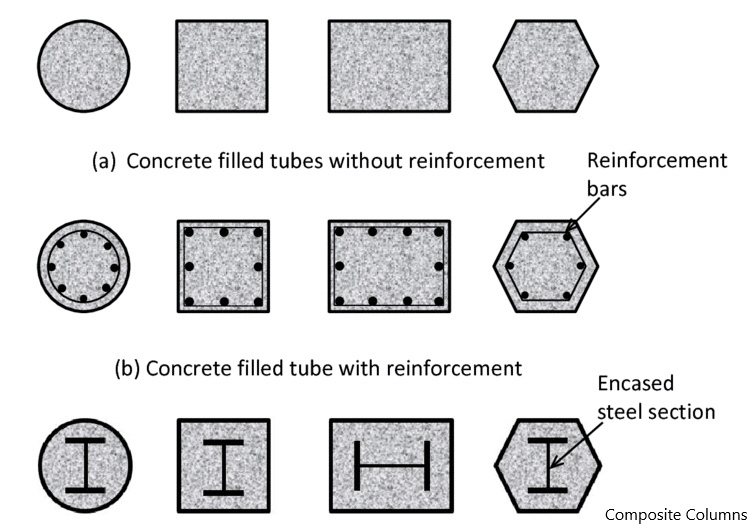Footing concreting is a crucial yet often underestimated aspect of any construction project. A strong, well-placed footing is the foundation upon which the entire structure rests, ensuring stability and longevity. This comprehensive guide will walk you through the process, from planning to completion.
Understanding Your Soil Conditions
Before you even begin thinking about concrete, you must understand the soil type on your site. Different soils have different bearing capacities. A soil test by a geotechnical engineer is highly recommended to determine the necessary footing depth and size. This step prevents costly mistakes down the line. 
Planning Your Footing Design
The design of your footing depends heavily on the soil conditions and the load the structure will bear. Factors such as the size and weight of the building, as well as local building codes, all play a significant role. Consulting with a structural engineer is crucial for ensuring your footing design meets all necessary safety regulations. You can find more information on structural engineering considerations.
Excavation and Formwork
Accurate excavation is key. The hole must be precisely dug to the specified dimensions, ensuring a snug fit for your formwork. The formwork acts as a mold for the concrete, holding it in place while it sets. Proper formwork construction is essential for achieving a level and properly shaped footing. This external resource provides additional insight into formwork techniques. [IMAGE_2_HERE]
Concrete Placement and Consolidation
Once the formwork is in place, the concrete can be poured. It’s vital to use the correct concrete mix design to ensure adequate strength and durability. After pouring, thorough consolidation is necessary to eliminate air pockets and ensure a dense, uniform concrete structure. Using a vibrating poker is recommended. Incorrect concrete placement can lead to significant weakness. [IMAGE_3_HERE]
Curing the Concrete
Allowing the concrete to cure properly is essential for achieving its designed strength. This involves keeping the concrete moist for a specific period, typically several days. Protecting it from extreme temperature fluctuations during curing is also crucial. Learn more about concrete curing to ensure the longevity of your footing.
Backfilling and Finishing
After the concrete has cured sufficiently, the formwork can be removed, and the excavated area can be backfilled with compacted soil. Proper compaction is important for ensuring stability and preventing settling. Once backfilled, you can move onto the next steps in your construction project.
Inspection and Quality Control
Regular inspection throughout the process, from excavation to curing, is vital for quality control. Ensure your footing meets the specified dimensions and that the concrete has achieved adequate strength before proceeding with further construction. Consult local building codes for specific requirements. [IMAGE_4_HERE]
Conclusion
Proper footing concreting is the bedrock of a successful building project. By following these steps and understanding the crucial aspects involved, you can create a strong and stable foundation that will support your structure for years to come. Remember to always prioritize safety and consult professionals when necessary. Find a local contractor to help with your project.
Frequently Asked Questions
What type of concrete should I use for my footing? The type of concrete will depend on various factors such as the soil conditions and the load the structure will bear. Consult a structural engineer to determine the appropriate concrete mix design.
How long does it take for concrete footings to cure? The curing time depends on factors such as temperature and humidity, but generally, it takes several days for the concrete to reach sufficient strength.
What are the consequences of improperly placed footings? Improperly placed footings can lead to structural instability, cracking, and even collapse of the structure over time.
How deep should my footing be? The depth of your footing depends on the soil conditions and the load the structure will bear. It’s recommended to consult with a geotechnical engineer to determine the required depth.
Can I pour the footing myself or should I hire a contractor? While possible to do yourself, footing concreting is a technical process best left to experienced contractors, especially for larger or more complex structures.

